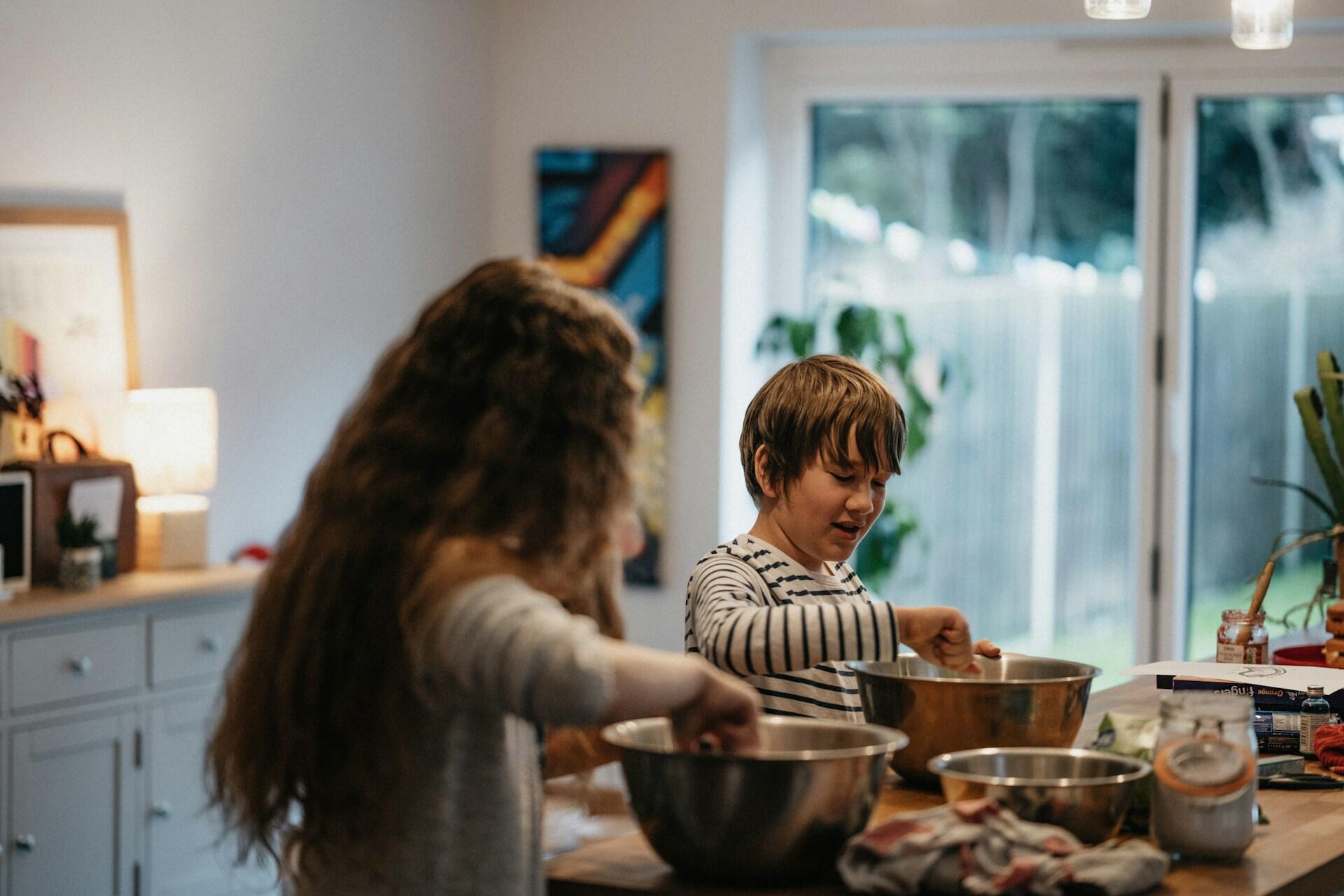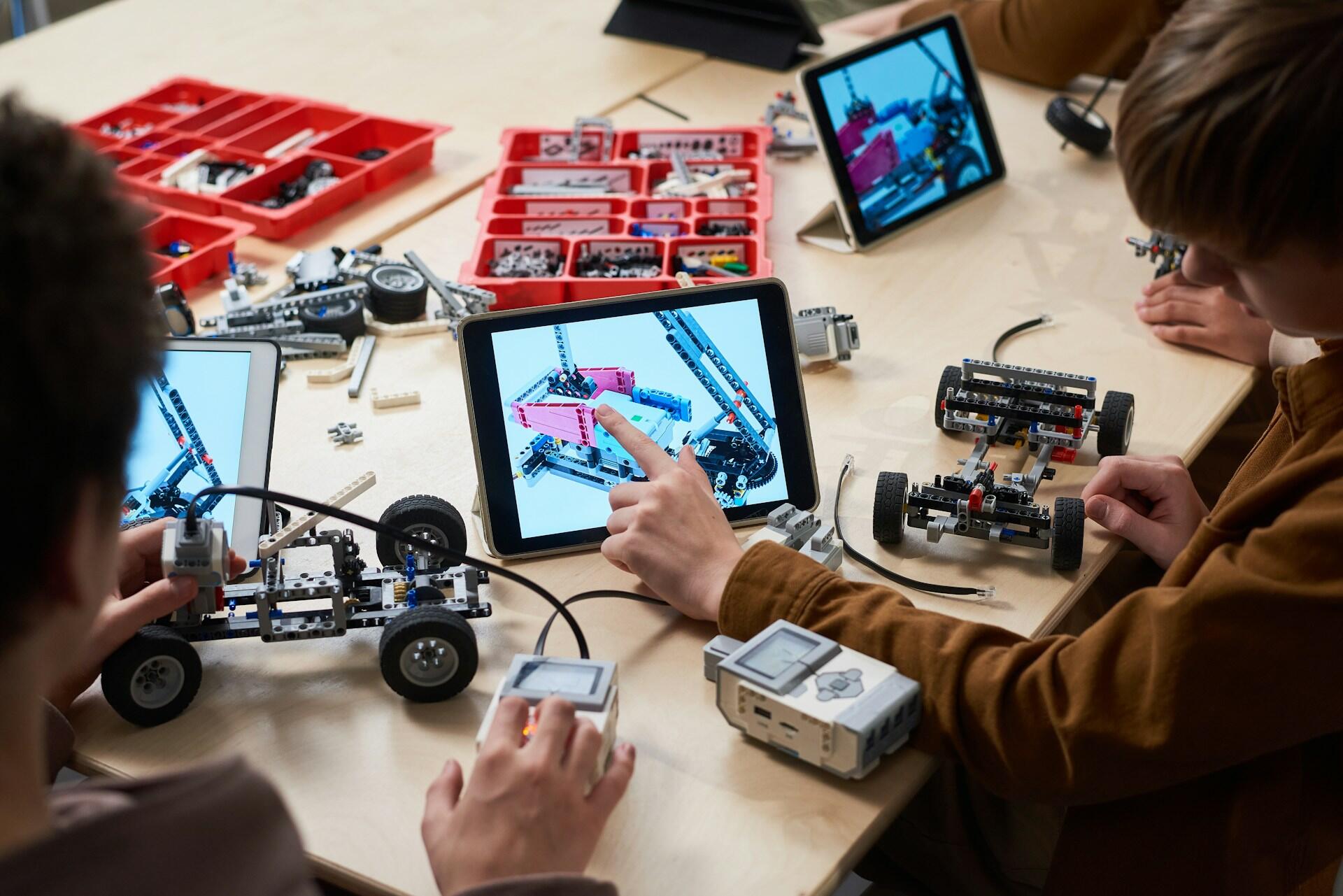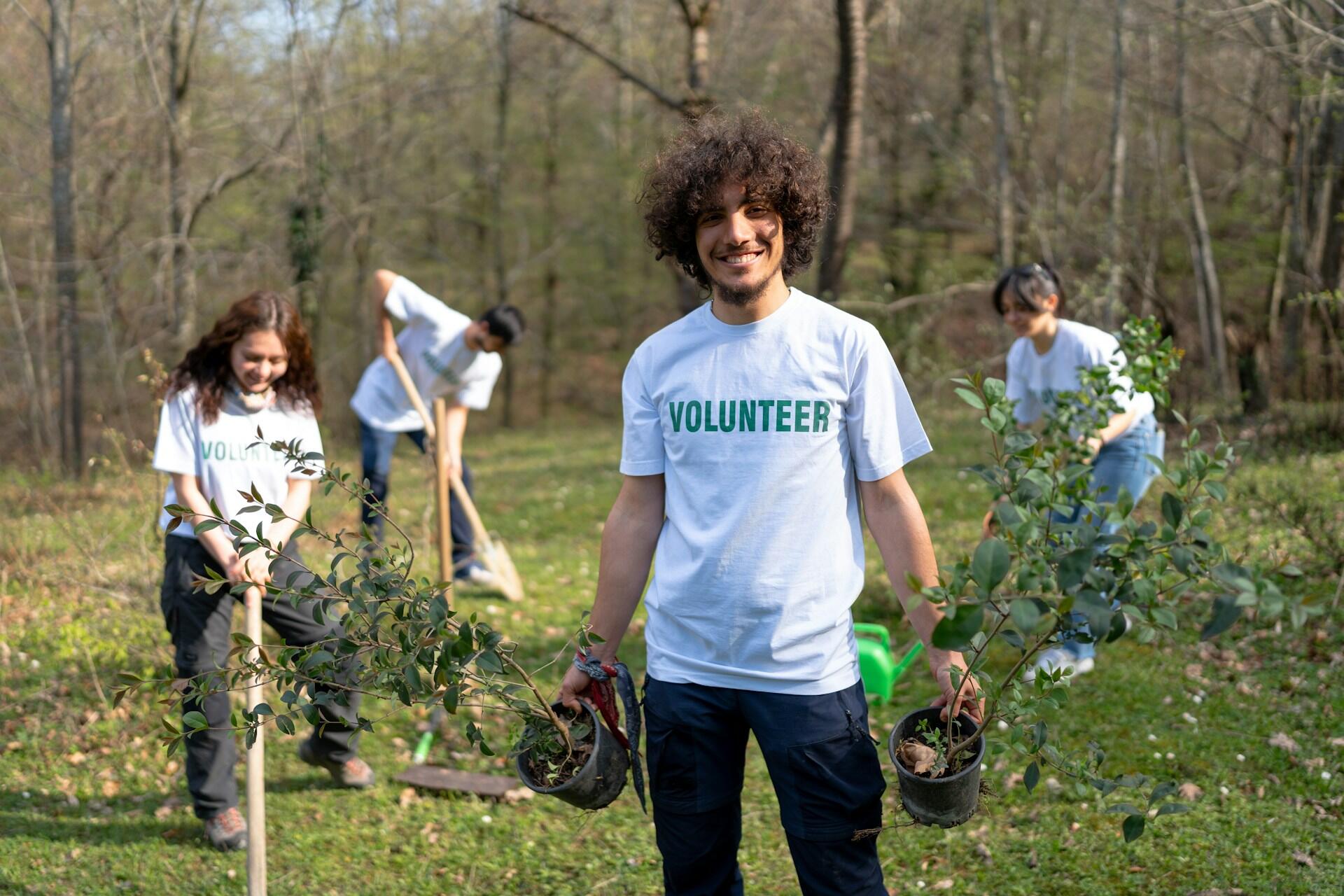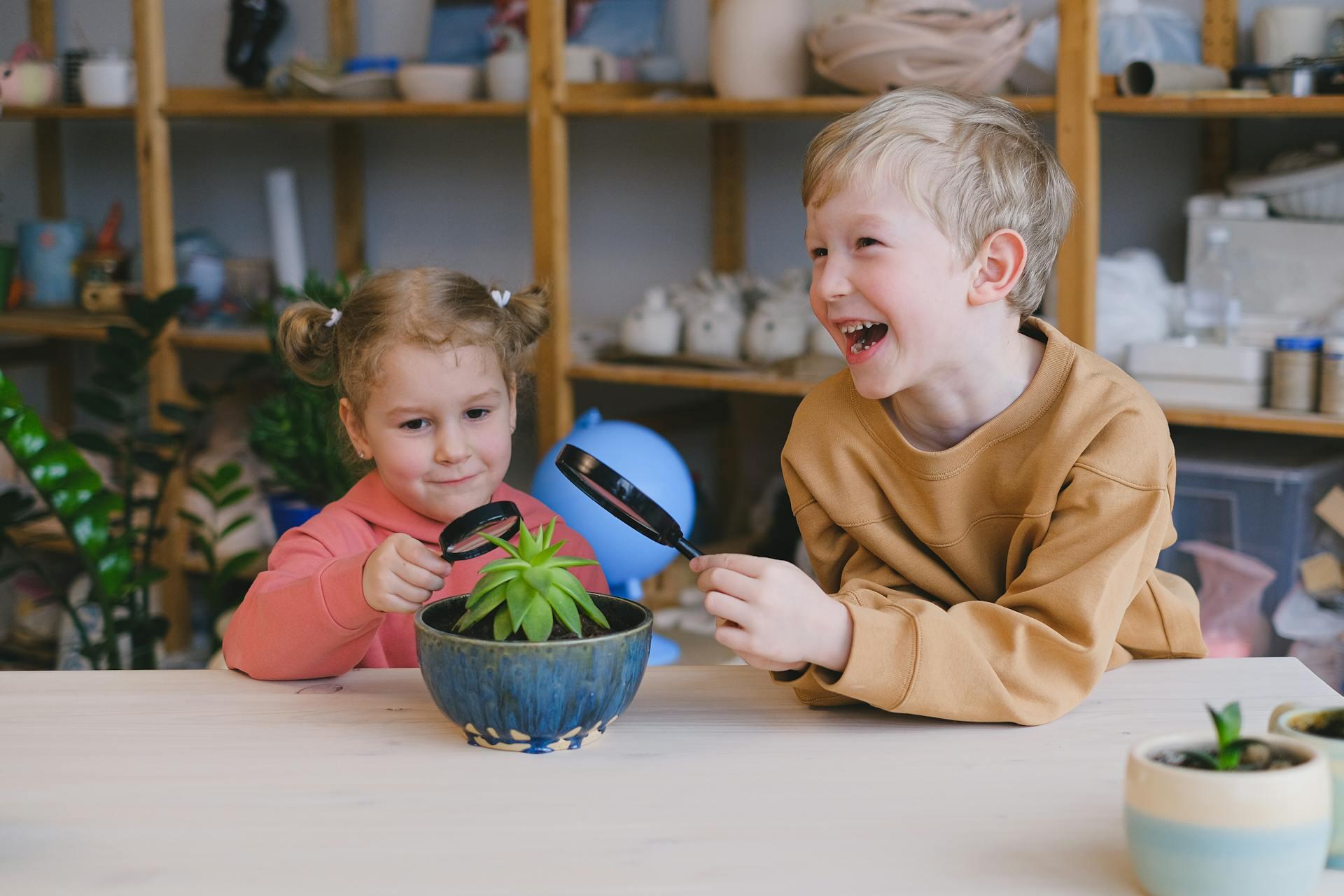Alternate homework, once really only found in Montessori, Waldorf, and Reggio Emilia Schools, is now becoming more popular across different school systems. As more experts weigh in about the possible negative outcomes associated with traditional schoolwork, more and more schools across the globe, including Australia, are experimenting with alternative homework. Discover more about what alternative homework is, why it’s recommended especially for younger students, and what types of assignments are utilised.

What is Alternative Homework, and Why Should Teachers Start Implementing It?
Traditional homework usually includes worksheets, repetitive math problems, essays, textbook readings, and similar tasks. The purpose is clear: practising school material at home is meant to strengthen memory while helping students develop planning and time-management skills.
When given in the right amounts, traditional tasks can benefit learning, with older students (Year 7 and above) often seeing higher test scores. However, research shows that too much homework, especially when it is low quality, hurts students of all ages.
This has led many educators to promote alternative approaches. Rather than treating take-home exercises as a way to drill information, they see it as an opportunity to encourage curiosity, independence, and a genuine love of learning. Alternative exercises also respect the importance of school-life balance, leaving children time to play, explore, socialise, and enjoy family life.
Traditional work can contribute to many problems for students, including anxiety and depression. This is especially true when it's used incorrectly.
For primary students, alternative homework often focuses on self-directed learning and holistic development. For secondary students, it may involve smaller, frequent tasks that contribute to a longer-term project. By shifting the focus from repetition to exploration, this approach keeps students engaged and avoids the common pitfalls of traditional exercises.
Why Alternative Homework Helps Students
One of the essential keys that teachers, parents, and students need to understand about homework is that it’s meant to be used as a supporting tool in an effective classroom. Education as a whole is suffering from a wide variety of problems, making traditional exercises even less effective than ever.
One of the ways alternative homework can help is by re-engaging students who might have lost their love of learning. Look at any feature film about a teacher who turns a group of angry, uncooperative students into creative, happy learners. How do they do this? By nurturing creativity, demonstrating how exciting learning can be, and trusting the students to understand the importance of their own education. Although the plot and the drama are pumped up for the big screen, the stories are typically based on real-life events.
Target Specific Goals
Opening up the possibilities of what take-home exercises can be means that students can attain the required information or experience without having to read a dull textbook and answer demoralising questions on a worksheet.
By identifying the goal, it’s easier to come up with an assignment that targets that specific thing. Should students re-engage with a concept introduced in class that day? Or maybe the aim is to see what gaps in understanding the student has after the lesson?
Pair the helpful advice from this TeachThought.com chart with an alternative exercise idea to come up with an effective solution.

Students Are More Engaged in Classroom Learning
When students have a short, meaningful assignment that offers real value to their classroom education, and which they can complete with less stress, they'll be much more excited and receptive in class.
Additionally, less homework means students have more time for resting and recharging, like sleeping, eating healthy meals, spending time with family, learning and reading for fun, and playing games. Happy, healthy students are definitely better learners in school than overworked, sleep-deprived ones.
Students Nurture Self-Directed Learning At Home
Alternative assignments can spark ideas for kids to explore their own interests. An interesting activity about a school subject can easily be repurposed for another thing that a child is naturally drawn to.
Giving students sensible assignments that show a clear learning path means students can better understand their own learning styles. This self-understanding means they will be better able to transform information into something more personally useful in situations like university classes or work.
More Free Time Encourages Healthy Growth and Development
Especially for high school students, who tend to have a lot of non-school responsibilities (like part-time jobs, sports and clubs, volunteering, helping out at home, balancing a social life, more control over their diet and exercise, etc.), spare time gives them the chance to rest and recharge as needed.
They can develop hobbies and personal interests, spend time researching things like university admissions, and learn more about the world around them, rather than spending too much time on assignments.
Encourages Important Life Skills
One of the top arguments for traditional schoolwork is that it prepares students for high school and university workloads, as well as a career. But the heart of the reason why traditional exercises does this is that it
- Makes students set aside time for additional tasks
- Requires them to engage with class concepts on their own time
- Enforces organisation and planning skills
These are all things alternative homework does, too!
The key is to develop a habit of evaluating what to do, setting aside the time to do it, gathering the resources needed, and following through.
Additionally, alternative take-home exercises do this while allowing students to develop other healthy habits required for success in life, like a routine sleep and hygiene schedule. Critical thinking, problem-solving, and self-management are all nurtured, as well as skills like intrinsic motivation and creativity.


10 Alternative Homework Ideas for K-12 Students
Primary students have different needs than high school students, so it’s up to the teacher to use discretion about which types of assignments should be used for their particular students. While it’s recommended that students Year 6 and younger should not receive any type of traditional work, it’s generally accepted that Year 7 and older students need to have some such assignments. After all, they will need to know how to research and write essays and reports on their own time.
The key is assigning meaningful tasks only when it’s necessary.
Here are 10 ideas for alternative assignments for students that teachers can try implementing in their classrooms.
1. Use a “Learning Menu” for Self-Directed Activities
Allow students to choose from several options to complete the same task. For example, instead of requiring all students to write an essay about a book, give them the option to write a comic strip about a chapter, write a letter to a character, or record a podcast-style review of the story.
Students can choose which option appeals to them most, effectively getting them to engage with the assignment in a meaningful way. Plus, they have to work out the specifics for achieving their particular task.
2. Experiential Learning
Instead of a math worksheet, give students the task to double or halve a recipe from a cookbook at home and make it with their family. Or perhaps they can budget a grocery list on a real shopping trip, or analyse statistics for their favourite sport.
For science, students can go out and observe local flora and fauna, stargaze, exercise (for human body concepts), and do simple, safe experiments.
This is a markedly different approach from traditional exercises, which can take longer and cause more stress.
3. Flipped Classroom
Use a short video or reading section to introduce a concept to be elaborated on in the next lesson. Let students engage in research at home as desired and compile a list of questions. Use their curiosity to lead the discussion, which will likely hit on all the talking points for the lesson naturally.
Allowing students to occasionally lead discussions, give peer-to-peer lessons, and administer short quizzes is a great way to get them invested in learning.
4. Reading for Pleasure
Encourage students to read anything they want at home, for any length of time, for fun. Whether it’s a comic book or graphic novel, a fiction or non-fiction book, an online article, or some other long-form content, it all counts.
Ask students to jot down a thought or question, draw a picture, write a short review, or keep a journal or log about their reading. Making it optional to share in class means even shy students may be encouraged to take the assignment seriously.
5. Long-Term, Project-Based Learning (PBL)
This technique is especially effective for secondary school students, who will need to study more intricate subjects. Plan assignments that are short and frequent and revolve around a central concept. For example, students could spend the first week or two of the semester researching a topic related to the course. Each week, they could complete a little more research using tools like mind-maps or topic webs, watching videos and reading about the subject, creating a poster about the topic, and ending with a researched essay or presentation.
This multidisciplinary approach gives students the opportunity to remain focused on one topic while practising different types of information gathering, processing, and presenting.

6. Open-Ended Topic
Give students a topic that they can decide how to engage with. For example, “Nature.” Students can decide to read something relating to nature, write a story, poem, or paragraph, write a song, go outside and observe, paint a picture, make a Lego, or anything else they can think of about nature. Having a “show and tell” style meeting in the next lesson allows students to share their creations and experiences.
7. Practise a Real-World Skill
“Assign” students to learn something new. They’ll gain exposure to asking for help from others, understand the process of learning something in a real-world setting, and develop curiosity and practical skills. Ask students to choose an activity from a list or have them pull from a hat. Examples include
- Cooking or baking
- Caring for a houseplant
- Writing and posting a letter
- Doing a load of washing
- Identifying local flora or fauna
- Reading a map from home to a nearby landmark
Students can share their experiences in class.
8. Student-Created Quiz
Allow students to use an app or website like Kahoot! or Quizlet, or simply have them write down questions to create a quiz about a subject from class. They can research deeper at home to come up with interesting questions that also teach the other students something new. Students could also create quizzes about a topic they personally enjoy.
9. Community Involvement
Introduce students to local initiatives like recycling programmes, litter pick-ups, wildlife rescues, or community gardens. Encourage them to learn about the programme’s goals, history, and achievements. If possible, students could even attend a meeting or event to either learn more or participate. Older students can explore the idea of becoming a regular helper or advocate.

10. Educational Video Games
An easy way to get kids to do their work is to assign a game! Games like Spelling City and Grammar Gorillas are great pure-education games for younger students (and anyone who needs a refresher on the parts of speech). Games like Minecraft and Rollercoaster Tycoon, Zoo Tycoon, or Planet Zoo are unconventional, but can be used to encourage critical thinking, spatial awareness, forethought and planning, and money management.
Other options include
- Kerbal Space Program
- Cryptmaster
- Opus Magnum
- Crazy Plant Shop
- Automation
- Flight Simulator X
- Island Saver
- WolfQuest
- Assassin's Creed Odyssey (Discovery Mode)
Just be sure the games are age and level-appropriate for the group!
Possible Difficulties with New Homework
With any new development, especially in schools, there will be a transition period with possible growing pains. Teachers, parents, and students may all need time to adjust to the idea and the execution of different types of homework that differ from the norm. Here are a few problems that may arise and advice on mitigation.
Parents Not On Board
Many parents may feel their child is being “cheated” out of a good education if it doesn’t match their experience when they were in school. They might think the teacher is slacking, or that their child is being dishonest by saying they don’t have work or that their “homework” is a fun activity.
Holding a parent meeting or sending home an information sheet at the start of the year is a great way to introduce the alternative exercise system. Being upfront about the transition, while reassuring families that students will still learn everything they need to succeed, can ease concerns and prevent confusion. It’s also helpful to clarify what level of involvement parents can expect, so they know how best to support their child.

Teachers Struggling with Assignments and Grading
For teachers accustomed to traditional homework methods, switching to the new system can be confusing. They need to understand how to adjust their lesson plans and in-class assignments to make up for the lack of coursework and grading opportunities they present. Teachers should either receive instructions from the school or attend an instructional seminar to learn how to craft, administer, and grade (or not grade) alternate exercise assignments.
Students Not Taking It Seriously
Students who are used to traditional tasks might see the relaxed attitude around alternative homework as an opportunity to slack off, especially if they’re already feeling academic burnout from years of too many assignments. Explaining to older students why this new type of evaluation is being utilised, how it helps them learn and develop useful skills beyond the classroom, and acknowledging their perspective can help encourage students to participate.
For younger students, avoiding calling it “homework” altogether can prevent a negative reaction and resistance. Giving them “challenges,” “activities,” “missions,” “lessons,” or “family projects” can encourage participation.
Alternative homework is not a new idea, but its widespread consideration is a rather new development in most countries. There'll be lots of new information, research, and discoveries in this area in the coming years. Implementing new methods in schools now helps ensure that today’s over-stressed youth can have a better chance at a healthy, happy childhood and life beyond the classroom.
References
- Alternatives To Homework: A Chart For Teachers. (2017) In TeachThought. https://www.teachthought.com/pedagogy-posts/alternatives-to-homework-a-chart-for-teachers
- Boryga, A. (2024). 5 Ways to Make Homework More Meaningful. In Edutopia. George Lucas Educational Foundation. https://www.edutopia.org/article/5-ways-to-make-homework-more-meaningful
- Does Finland Really Have No Homework? The Truth Behind Finnish Schools. (n.d.). In www.techclass.com. https://www.techclass.com/resources/education-insights/does-finland-really-have-no-homework-the-truth-behind-finnish-schools?srsltid=AfmBOootbGoN_ZZ9yc33ARZV9zzUk0p86I_GWsHBkisj0kMCJ6sqG9AY
- Gershon, L. (2020). The Surprising History of Homework Reform. In JSTOR Daily. https://daily.jstor.org/the-surprising-history-of-homework-reform
- Homework Alternatives That Engage and Motivate Learners. (n.d.). In Education World. https://www.educationworld.com/teachers/homework-alternatives-engage-and-motivate-learners
- Smith, A. (2018). Why Take an Alternative Approach to Traditional Homework? In Teach Starter. https://www.teachstarter.com/au/blog/alternatives-to-traditional-homework















